
What’s the Difference Between Lo Mein and Chow Mein?
People ask me this question all the time — what’s the difference between Lo Mein and Chow Mein? Let’s break it down!
What the Names Mean:
- “Mein” (麵/面) means noodles in Cantonese.
- “Lo” (撈 /lōu) means to toss or mix — Lo Mein literally means tossed noodles.
- “Chow” (炒 /chǎo) means to stir-fry — Chow Mein literally means stir-fried noodles.
Cantonese Lo Mein:

- Noodles are boiled first, then tossed with sauce, vegetables, and protein.
- Often served with a light soup on the side, such as in Hong Kong-style wonton lo mein.
- The focus is on tossing, not stir-frying, to highlight the flavor of the sauce and noodles.
North American Lo Mein:

- Refers to stir-fried noodles cooked in a wok.
- Typically uses thicker egg noodles than Chow Mein.
- Noodles are soft and saucy, stir-fried with vegetables and protein.
- Essentially a stir-fried, saucy noodle dish adapted from traditional Lo Mein for American tastes.
Cantonese Chow Mein:
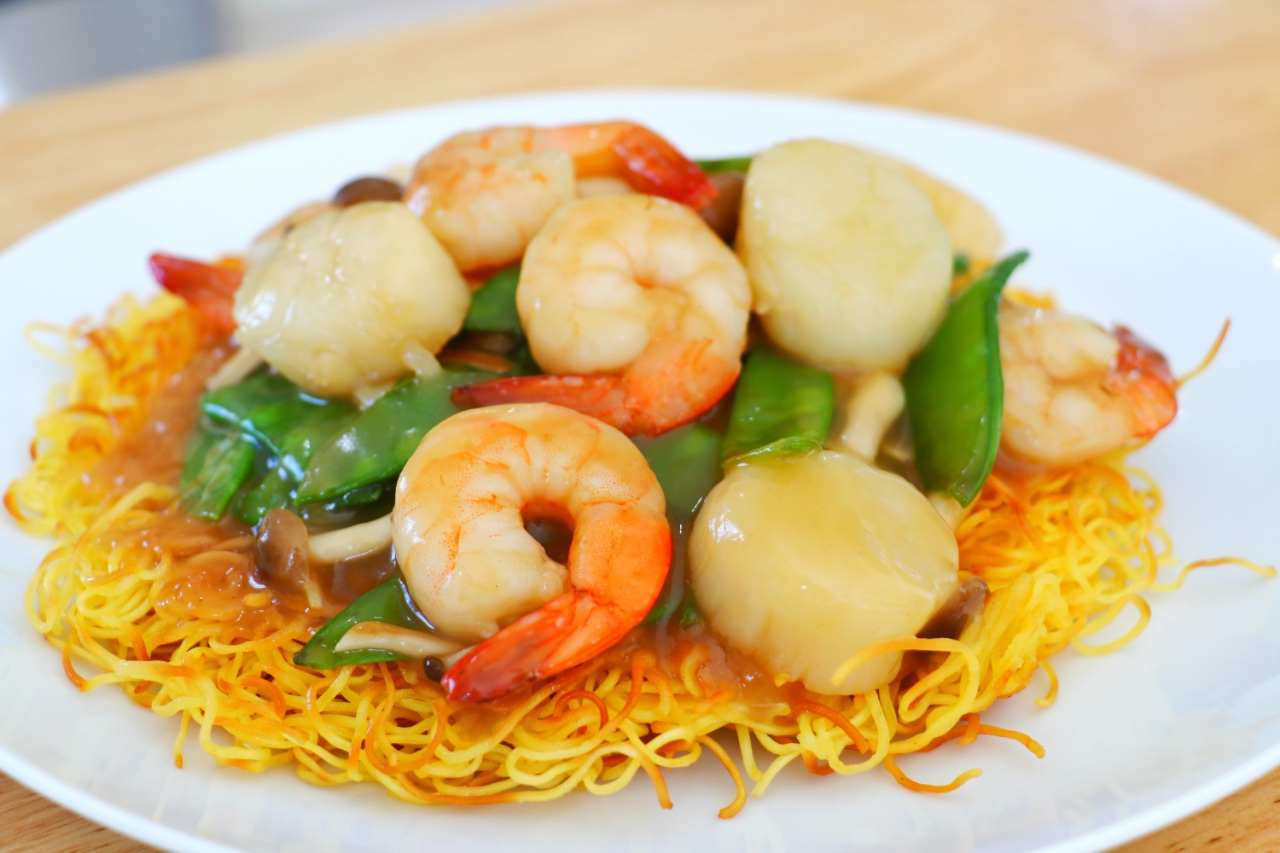
- Made with thin egg noodles that are stir-fried until slightly chewy or pan-fried until crispy.
- Traditionally served with vegetables, meat, or seafood on top, rather than as a soup dish.
- This crispy version is often what people think of when they hear “Cantonese Crispy Chow Mein (Liang Mian Huang)”.
Other Regions in China – Chao Mian:

- In other regions in China, chao mian broadly refers to stir-fried noodles — made with wheat or egg noodles, thick or thin.
- Sauces are lighter and soy-based, emphasizing wok flavor (wok hei).
- Noodle type, thickness, and texture vary by region, reflecting local traditions.
North American Chow Mein:

- Adapted from Cantonese and other Chinese regional styles, but variations exist.
- Some restaurants serve crispy noodles topped with stir-fried meat and vegetables.
- Others use soft, pan-fried noodles, similar to American Lo Mein but thinner and chewier.
Related Recipes
You may also like


Mina—Streaming Exclusively on GJW+
September 26, 2025

Fantastic News: Shen Yun Performing Arts 2025
January 18, 2025

Follow CiCi on Gan Jing World!
January 17, 2025
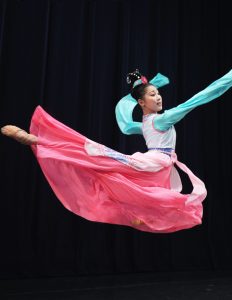
From Refugee to a Principal Dancer: Ellie Rao Shares Her Message
January 6, 2025

The Surprising Truth About Shen Yun That Nobody Tells You
January 1, 2025

Creating a Holiday Recipe Book to Share Family Memories
December 26, 2024

Not the Shen Yun I Know by William Li
August 22, 2024

Great News: Shen Yun Performing Arts 2024
March 24, 2024
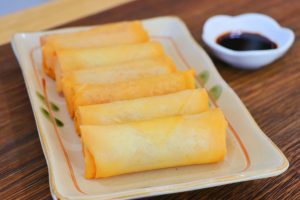
Spring Rolls vs Egg Rolls: What’s the Difference?
March 8, 2024

News: Shen Yun 2023
March 24, 2023

DIY Hand Sanitizer to Combat COVID-19
March 21, 2020

Shen Yun Shows Us a Connection to the Divine
December 20, 2019


Former Ballet Dancer Says Shen Yun Dancers’ Skill Level Is ‘100 Percent’
November 25, 2019


Lord Sterling Says Shen Yun Made Him ‘Feel Good to be Alive’
October 31, 2019


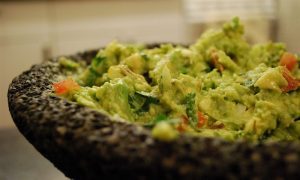

Shen Yun 2018
December 1, 2017
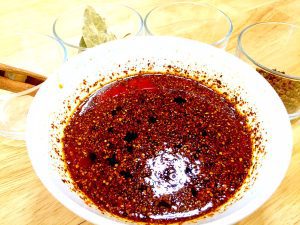
How to Make Authentic Sichuan Spicy Chili Oil Recipe
October 4, 2016
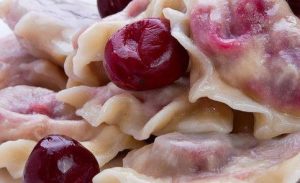
Top 4 Foods From Eastern Europe To Fall in Love With
June 15, 2016


Scallion Oil Pasta Recipe
February 5, 2016

7 Chinese Superfoods You Must Eat this Winter!
December 31, 2014

News!
March 3, 2012

2 thoughts on “What’s the Difference Between Lo Mein and Chow Mein?”
I want to fix these recipes for my family and friends. They look delicious.
I hope you and your family will enjoy them! Thank you for stopping by!